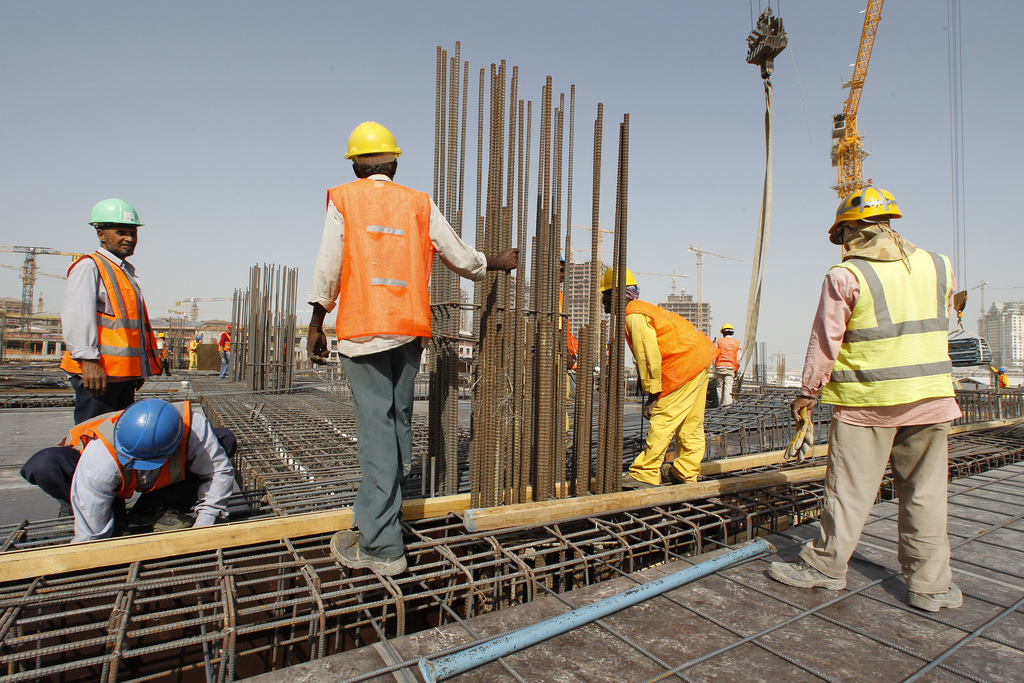
If you’ve tried to build or buy a house in Nigeria recently, you’ve probably noticed something shocking — everything has become painfully expensive.
Cement prices have doubled. Iron rods are almost unaffordable. Even the cost of finishing materials like tiles, doors, and plumbing fittings has gone through the roof. For many Nigerians, the dream of owning a home is starting to feel like a fantasy.
But what exactly is driving this price surge? Why has building a house become a luxury instead of a basic need? Let’s break it down.
The Cement Crisis
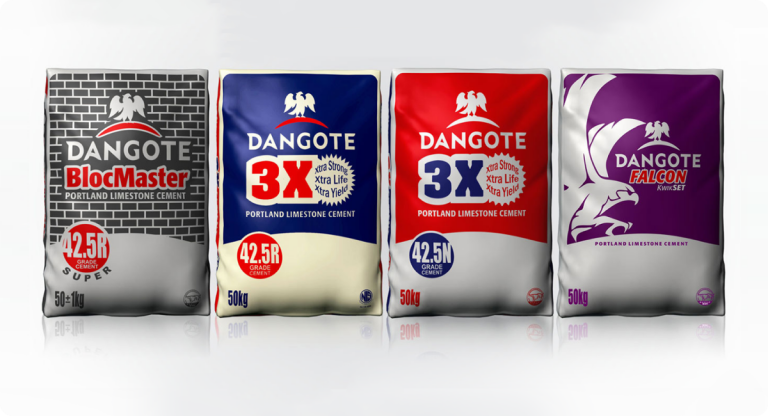
Cement is the lifeblood of construction in Nigeria. Every wall, block, and floor depends on it. But in the past few years, cement prices have gone from around ₦3,000 per bag to between ₦8,000 and ₦10,000, depending on where you live.
The reasons aren’t far-fetched. Production costs have soared due to higher energy prices, logistics expenses, and the rising cost of raw materials. Transportation, which relies heavily on diesel, has also become a major burden for manufacturers. Add to that the impact of a weak Naira and you have the perfect storm.
Developers now spend up to 60% more on cement alone than they did just a few years ago. Many projects have been forced to slow down or stop entirely, as budgets quickly become outdated. The result? Fewer houses are being built, and the ones that are — cost a fortune.
The Steel Struggle
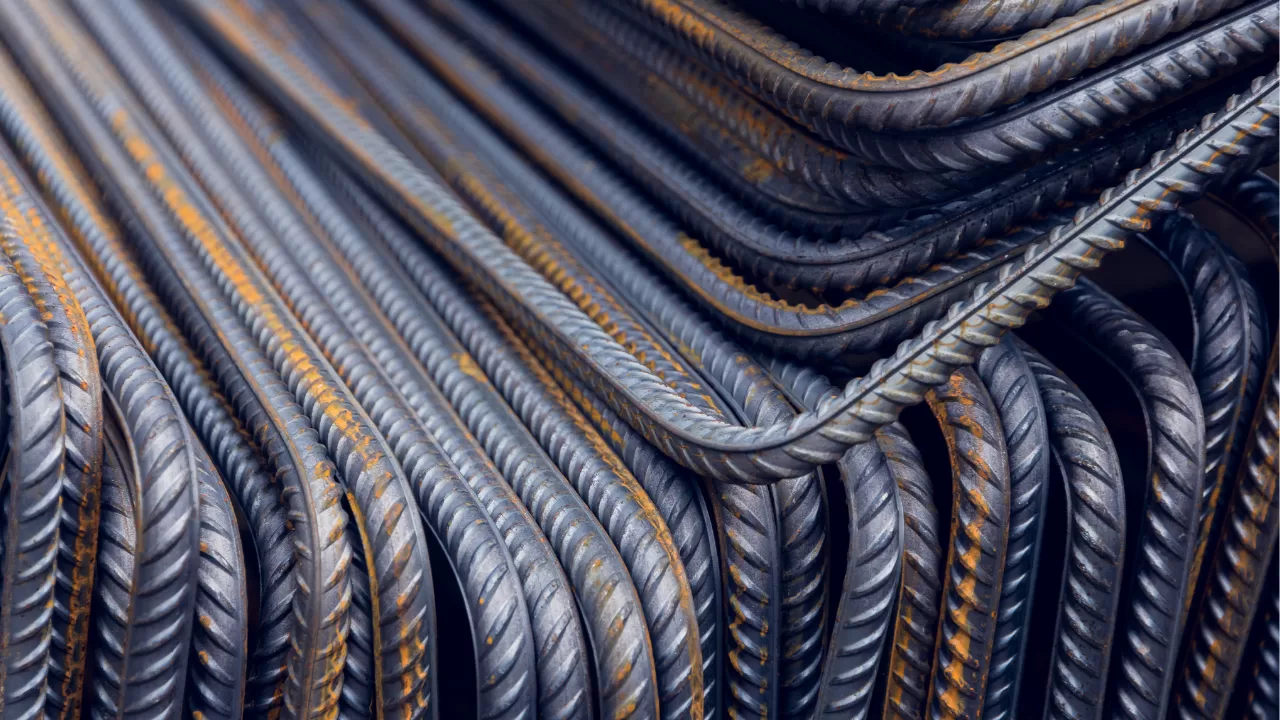
Steel is another essential building material that’s feeling the pressure. Most of Nigeria’s steel or its raw materials are imported, so when the Naira falls against the dollar, prices shoot up.
A tonne of steel that sold for around ₦250,000 in 2020 now goes for over ₦1.2 million. That’s an almost fivefold increase. For projects that rely heavily on reinforcement — like multi-storey buildings — the cost implications are devastating.
Some developers are now turning to alternative building methods, such as prefabricated panels and interlocking blocks, just to stay in business. But for traditional builders, the financial strain is enormous.
Imported Materials — A Silent Killer
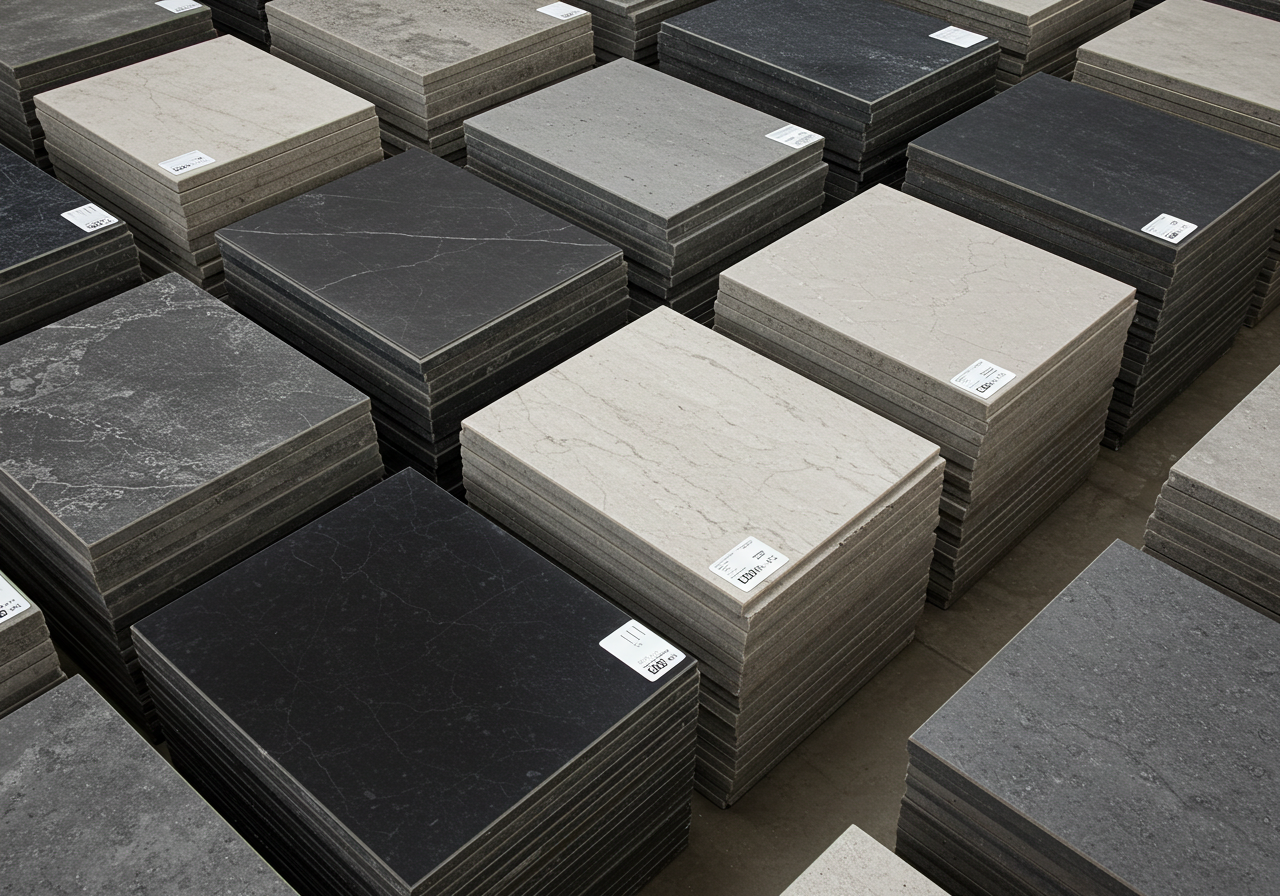
From tiles and bathroom fittings to roofing sheets and kitchen fixtures, most finishing materials in Nigeria are imported. And with the exchange rate crossing ₦1,500 to a dollar, importers have had no choice but to adjust their prices drastically.
Simple household items that once felt affordable have become luxury goods. A bathroom sink that cost ₦40,000 a year ago can now be over ₦100,000. Builders are being forced to choose between reducing quality or increasing prices. Either way, the final consumer loses.
The Hidden Cost of Transportation

There’s another factor many people overlook — the cost of moving materials. Since the removal of fuel subsidies, diesel and petrol prices have doubled or even tripled.
Every truck that carries cement, sand, gravel, or steel now charges nearly twice what it used to. A single trip that cost ₦35,000 can now go for ₦70,000 or more. These increased logistics costs ripple through the entire construction chain, pushing overall housing prices higher and higher.
How Developers and Buyers Are Coping
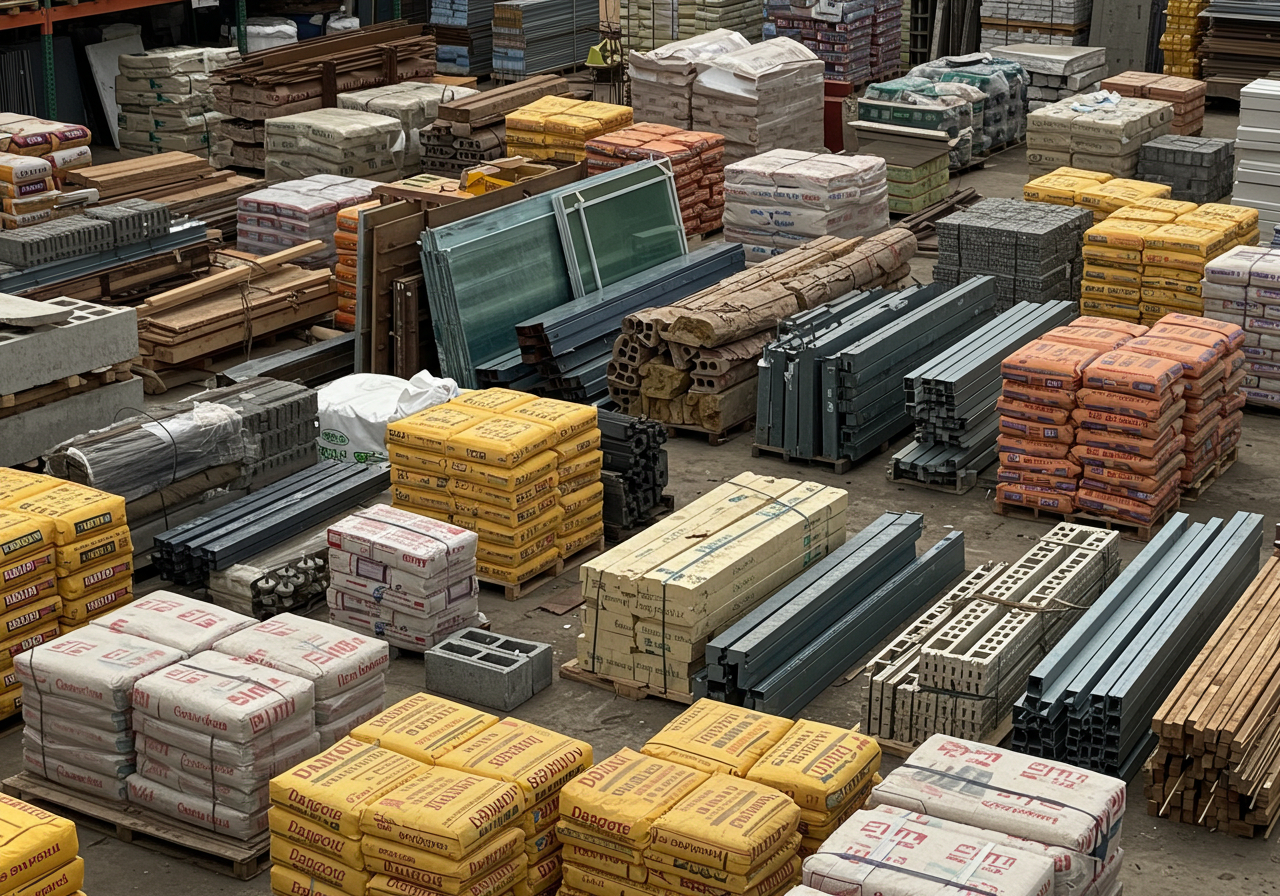
For developers, this new reality is brutal. Many had started projects based on pre-2023 budgets, only to realize halfway through that the costs have doubled. They can’t abandon the projects — but finishing them now requires millions more.
Off-plan buyers are being hit too. Many are receiving notices from developers requesting price adjustments. Others are stuck in delayed projects because contractors simply can’t keep up with the new expenses.
As new housing developments slow down, rental prices have started to climb. In cities like Lagos, Abuja, and Port Harcourt, rent has increased by 30–50% in just over a year. The country’s already massive housing deficit — estimated at over 28 million units — is only getting worse.
What’s the Way Forward?
Despite the gloomy picture, there are potential solutions. Encouraging more local manufacturing could help reduce dependency on imports. If Nigeria can produce more of its steel, tiles, and finishing materials locally, prices may stabilize.
There’s also growing interest in alternative building materials — such as compressed earth blocks and prefabricated homes — which are more affordable and sustainable. Some forward-thinking developers are already experimenting with these technologies.
Government policies could also play a crucial role. Support for affordable housing finance, tax breaks for local manufacturers, and better infrastructure for transporting materials could all help slow the rising tide.
Conclusion
The rising cost of building materials in Nigeria is more than just an economic issue — it’s changing the face of housing itself. Each bag of cement and tonne of steel now represents a deeper challenge: inflation, poor infrastructure, and policy instability.
Until these root causes are addressed, housing will remain out of reach for many Nigerians. For now, anyone planning to build or invest in real estate must do so wisely — plan early, budget realistically, and be ready for market surprises.
Because in Nigeria’s housing market, one truth has never been clearer: the longer you wait, the more it costs to build.
Related posts:
Buying land in Nigeria can either be your best investment… or your biggest mistake. Every day, people lose millions of Naira to fake land deals, dubious “omo onile,” and fraudulent estate agents all because they didn’t ask for the right...
For many Nigerians, owning a home is one of life’s biggest dreams. It represents stability, pride, and security for the future. But as exciting as it sounds, the journey of building a house in Nigeria is not as simple as...


 Why Building House in Nigeria Now Costs Twice as Much — The Truth Behind Soaring Construction Prices.
Why Building House in Nigeria Now Costs Twice as Much — The Truth Behind Soaring Construction Prices.
 Before You Buy Any Land in Nigeria — These Are the Documents You Must See First
Before You Buy Any Land in Nigeria — These Are the Documents You Must See First
 8 Crucial Things to Know Before Building Your Dream Home in Nigeria
8 Crucial Things to Know Before Building Your Dream Home in Nigeria
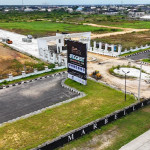 Factors to Consider Before Buying Land: A Smart Buyer’s Guide
Factors to Consider Before Buying Land: A Smart Buyer’s Guide
 How to Relocate from One State to Another in Nigeria (Step-by-Step Guide)
How to Relocate from One State to Another in Nigeria (Step-by-Step Guide)